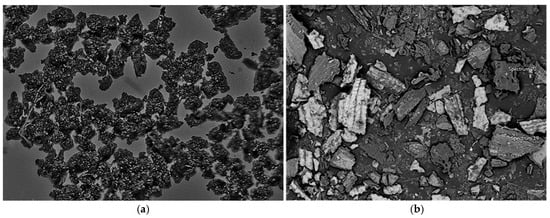- Article
Assessing the Feasibility of Geothermal-to-X for Sustainable Maritime Refueling in Alaska
- Emily Cook and
- Magnus de Witt
The Arctic is warming three to four times faster than the global average. This is transforming global maritime routes, thereby increasing shipping and resource extraction in Alaska. This surge requires sustainable energy solutions as policy trends towards stricter emissions standards. This article assesses the potential of Geothermal-to-X (GtX) technologies in establishing clean refueling infrastructure across Alaska, using its untapped geothermal resources. GtX uses electrolysis to split water into hydrogen and oxygen, a process powered by geothermal energy. Hydrogen and its X products, such as green methane or green ammonia, can be stored as fuels and are largely recognized as the key to a carbon-free future to address the growing energy demand. This study assesses the technical, economic, strategic, and geological feasibility of GtX refueling hubs in Alaska. Five locations were denoted as potential candidates and beckon future research. This study concludes that Unalaska is the most viable initial GtX hub given the highest Multi Criteria Decision Analysis (MCDA) score from its combination of a high-quality geothermal resource, an existing and accessible deepwater port, and a sizable local energy demand. The goal of this study is to provide an accessible and comprehensive resource for stakeholders and policymakers, outlining an energy future with sustainable maritime development, powered by affordable and secure energy.
18 December 2025







